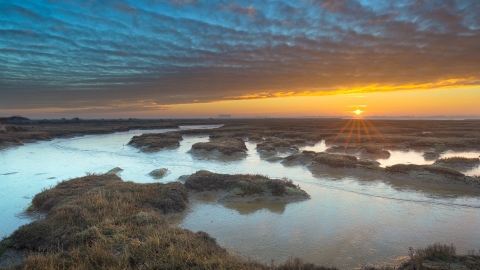
Dave Watts
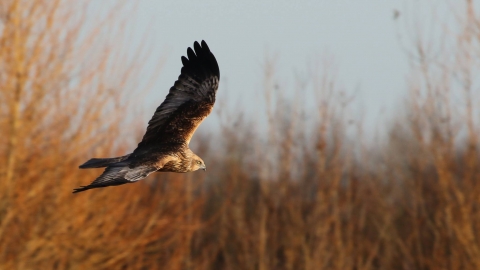
Mark Huddleston
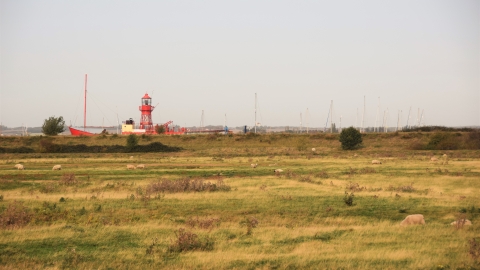
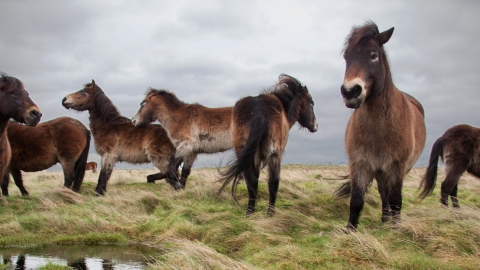
Photo - Liz Pitman
Tollesbury Wick Nature Reserve
Know before you go
Dogs
Dogs permitted on the public footpath only, must be kept on leads
When to visit
Opening times
Accessible at all timesBest time to visit
All year roundAbout the reserve
The nature reserve has been worked for decades by traditional methods to help wildlife, so it now boasts a wonderful diversity of species. Clouded Yellow butterflies flutter above the grassland in summer, noisy Brent Geese gather on the grassland in winter and the majestic Marsh Harrier soars above, coming to roost at dusk.
Walk along the seawall from Tollesbury Marina and you can appreciate the Essex coast, the history which formed it and the wonderful wildlife it supports. Take the permissive path to the bird hide at the lagoon to witness the thousands of wildfowl and waders that gather here over winter to feed on the rich wet grassland, including large flocks of Golden Plover, Lapwing and Wigeon.
Home to Essex Wildlife Trust’s flying flock of sheep and cattle these all help to manage this freshwater grazing marsh in the most sustainable way possible. The rough pasture is also perfect habitat for small mammals such as Field Voles and Pygmy Shrews, which makes this reserve the ideal hunting ground for numerous birds of prey species. You might be able to see that the grassland consists of many bumps and lumps - these are actually long established ant hills of the Yellow Meadow Ant that is still present at the reserve.
Species
Contact us
Environmental designation
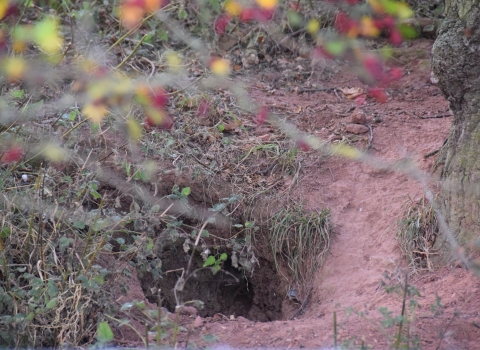
Did you know?
The Badgers on Tollesbury Wick seem to be taking on the role of the "Time Team" as their digging activity has been unearthing some interesting archaeological finds! Their sett is occupying the site of an ancient "Red Hill" at the back of the reserve. Red Hills are mounds of industrial waste including coarse pottery vessels, ash and soil reddened by the heat of the fires used to evaporate seawater to produce salt. The Badgers have deep digging has brought to the surface large pieces of earthenware that haven't seen the light of day for many centuries. In fact, a local expert has suggested these items could date back to the Iron Age (ie. about 2000 years ago)!
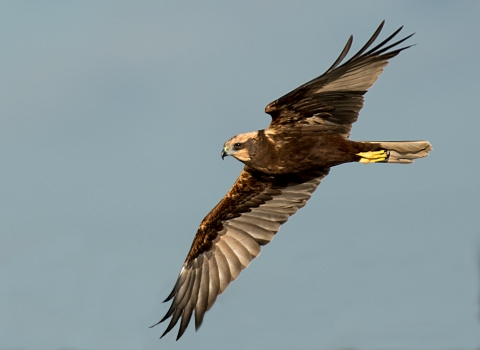
Peter Hewitt
Marsh Harriers
These beautiful birds were made extinct as a breeding bird in the UK by the end of the 19th century. But due to a successful reintroduction in Norfolk, they have spread out and can now be seen throughout the year around the nature reserve
